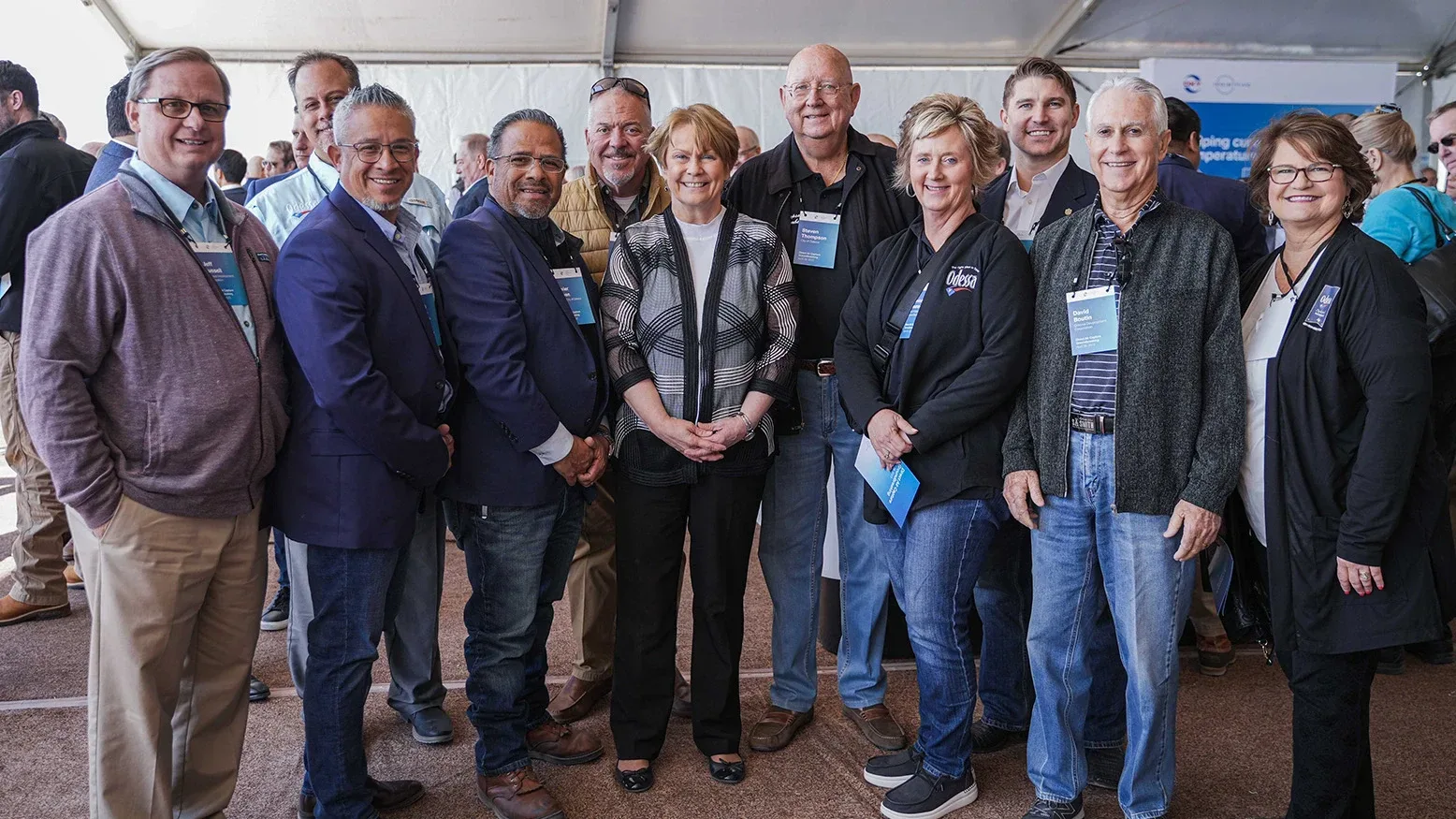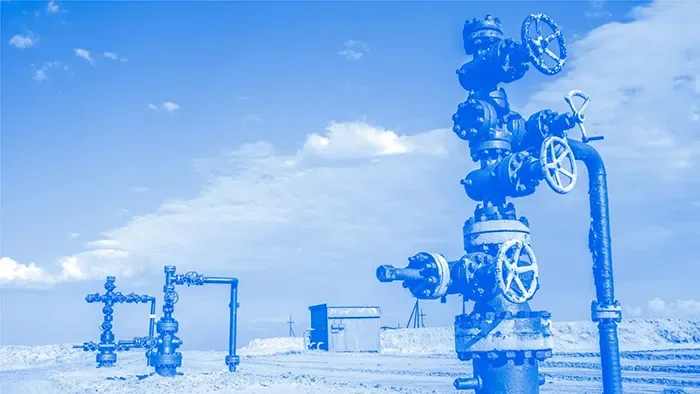The market for carbon dioxide removal and Direct Air Capture (DAC) is booming. With leading nations like the United States offering significant tax incentives to corporations that provide carbon dioxide removal, there’s become an increased investment and demand for DAC facilities and infrastructure that can operate at a climate-relevant scale.
Clearly, the environmental benefits of DAC and carbon dioxide removal are invaluable. But the economic benefits are significant as well. In fact, according to a report by consulting firm McKinsey, a carbon dioxide removal industry capable of delivering gigaton-scale removals at net-zero levels could be worth as much as $1.2T USD by 2050. From jobs to regional development to the residual effects of industrial optimization and infrastructure development, the carbon removal industry is positioned to be a significant economic growth engine.
Creating quality jobs
Carbon dioxide removal has the potential to deliver strong job creation in the coming decades, with a ripple effect across sectors, communities and segments of the energy and industrial value chains. While the carbon dioxide removal industry itself creates new jobs through direct employment, income generation and skills development, the deployment of these massive projects also requires more jobs and investment in adjoining sectors.
1PointFive’s Direct Air Capture facilities expect to employ over a thousand people during construction with over 120 full-time employees during plant operations. Once established, these are good, stable, long-lasting jobs that require manpower for monitoring, reporting and verification programs in data centers as well as technicians on the ground ensuring that pipelines, wellheads, air contactors and other systems are working properly, around the clock.
Boosting local economies
Creating jobs for local workers is key to helping economies where we operate prosper. As 1PointFive continues to scale and build more DAC facilities, we pursue local workers first and work with nearby universities and trade schools to build the skills required for these facilities and further develop the workforce. This commitment to supporting local employment not only fosters economic growth but also strengthens community bonds and ensures a more sustainable and resilient future for the regions where we operate.

Generating residual effects
Carbon dioxide removal projects have been major catalysts of technological advancements and innovation. We’re harnessing the power and potential of pre-existing materials and processes to create a powerful tool in the fight against the rise in global temperatures.
This presents a tremendous opportunity for municipalities all over the world to become leaders in the growing carbon removal markets. Whether enacting legislation and incentives or creating access to land and business partners, it will take the full collaboration of governments everywhere to hit humankind’s ambitious climate goals.
Reaching net zero isn’t just something that could help our planet become a healthier, more hospitable environment for all of us. It’s also something that could drive residual economic growth. According to a study by Oliver Wyman, many consumers are interested in doing business with companies that pledge to reduce their carbon footprints. A recent KPMG study showed that between 20 and 40 percent of consumers surveyed said they would not buy from a company whose products are not deemed sustainable, and a Bain study from 2023 reports that “50 percent of consumers said sustainability is one of their top four key purchase criteria when shopping.”
What’s more, many businesses aligning themselves with climate leaders are eager to invest in communities that position themselves as hubs of sustainability-related research, development, and commerce. Purchasing carbon dioxide removal credits (CDRs) can be seen as a form of investment in customer values, experiences, expectations, and branding. Strong adoption in recent years has reinforced CDRs as a significant signal of true climate commitment.
Wrapping up: time for action
We’ve discussed how carbon dioxide removal projects are expected to provide economic benefits anywhere they are located. This may come in the form of a business building a headquarters, a company installing a DAC facility or a pipeline going from point-source to wellhead. Each aspect of CCUS development and management requires manpower to help create and maintain their operations.
But to continue to create good, stable jobs in this field, we need to first increase support, investment, and collaboration on DAC projects worldwide. The industry is still nascent, but fast tracking its development is critical to addressing the climate challenge now and into the future.








Link Copied!
Could not Copy